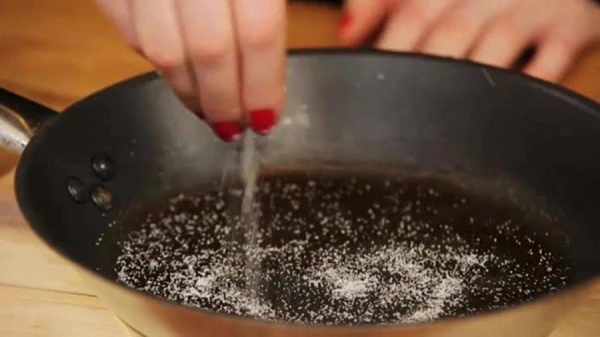
We cook food almost every day, and this process takes quite a bit of time, so we want to make it as comfortable as possible. A frying pan is one of the indispensable helpers in the kitchen. Let's figure out how to choose the right frying pan and what types there are.
There are several criteria that will help you choose the right frying pan: purpose, material, coating, size, etc. Let's discuss them in more detail.
Types of Frying Pans by Purpose
Universal: round frying pans with medium-height sides are used for stewing and frying a variety of foods.
Grill pans: they can be recognized by their characteristic ribbed surface, which allows the foods being grilled to absorb less oil. They are indispensable for meat, vegetable, and fish steaks.
Wok is usually used for preparing dishes of Eastern cuisine. It can be recognized by its shape: it has a large diameter bottom and widely flaring sides. You can cook anything in such cookware: stew vegetables and meat, work on pilaf or Spanish paella, or experiment with Asian recipes.
Crepe pan: a small lightweight frying pan with low sides, primarily designed for making pancakes and fritters.
Waffle maker: it is impossible to imagine a home where sweet tooths live without it. It consists of two opening parts with handles and has a ribbed surface. Typically, waffle makers operate on electric current.
Sauté pan is another versatile tool. It is a hybrid of a frying pan and a pot: a large saucepan with a handle and thick walls. You can stew vegetables and meat in it, as well as prepare dishes that require pre-frying of ingredients.
Roasting pan is the most powerful of all frying devices. It has thick walls and a bottom, with two handles on the sides. It is suitable for both the oven and stovetop stewing.
Types of Coatings for Frying Pans
Teflon coating is the most popular option chosen by manufacturers and buyers. The full name of the material is polytetrafluoroethylene. Such cookware is lightweight, requires no complicated maintenance, and allows cooking without using oil. The main disadvantage of Teflon is that it is scratch-sensitive, so it is necessary to carefully choose cooking tools (for example, metal spatulas and skimmers are not suitable). The average lifespan of such a frying pan is about one year.
Ceramic is perhaps the second most popular type of coating. Such cookware is relatively lightweight, allows cooking with minimal oil use, and is suitable for cooking at high temperatures — up to 450 °C (Teflon cannot be heated above 200 °C). However, this material is quite "delicate": it is sensitive to falls from height. Such a frying pan cannot be washed in a dishwasher and should not be used on induction-type stoves. With careful handling, a ceramic frying pan can delight its owners for up to two years.
Marble coating is a true long-lifer among its peers. Depending on the number of coating layers and with proper care, such cookware can last a quarter of a century. Add to this its unusual appearance, prolonged cooling, and resistance to mechanical impacts.
Diamond, granite, and titanium are the most expensive types of coatings. They are resistant to any impacts and have a lifespan comparable to marble, but are not suitable for induction-type stoves.
How to Choose a Frying Pan with Non-Stick Coating
First, determine the purpose of use; this will help you choose the right type of frying pan among the wide variety of cookware available in stores and marketplaces. After that, select the size and desired coating. In this matter, your stove plays an important role.
For gas stoves, any coating will do, but it is better to prefer models with a bottom thickness of 5 mm or more — such cookware will heat more evenly. In the case of electric stoves, pay attention to the shape of the bottom: it should be flat.
However, there may be difficulties with induction stoves. Their operation principle is based on the action of a magnetic field that heats the cookware. Therefore, you need to cook with cast iron or aluminum utensils (metals that are affected by this field) or use cookware with a magnetic bottom.
Another type of stove you may encounter in the kitchen is glass-ceramic. Frying pans with copper or aluminum bottoms are suitable for them.
If you need a reliable kitchen assistant for a long time, choose cast iron. If ergonomics is more important, it is better to opt for an aluminum frying pan — it is lighter, but its lifespan will be significantly shorter.
Ergonomics is a very important aspect to pay attention to. Before purchasing, hold each model of frying pan in your hands, imagine how you will cook with it, and answer the question: "Is it comfortable for me to do this?" If not, it is better to continue searching. And don’t forget to buy a lid right away.
How to Choose a Crepe Pan
The quality of this cookware determines how well the pancakes will turn out for the hostess (and whether they will turn out at all). Most often, this type of frying pan is made from two metals: cast iron and aluminum. The former is sturdier and inspires more trust, but such cookware needs to be prepared before first use — it must be seasoned with salt and rubbed with oil to create a protective layer; moreover, cast iron frying pans are heavy. Aluminum models are lighter, have a protective layer already applied, but their lifespan will be shorter.
Two more aspects to pay attention to when choosing a crepe pan are the handle and diameter. Pay attention to the connection point between the handle and the frying pan: it should be reliable, and the handle should be comfortable. The diameter determines how many pancakes or fritters you can make from one batch of batter. Here, you need to consider the size of the stove burner. The most versatile frying pans are those with a diameter of 20–24 cm: they are suitable for both pancakes and smaller-sized pancakes and fritters.
Wok Pan: How to Choose?
Wok is one of the versatile tools in the kitchen, suitable for frying and stewing any products. It can also be used as a cauldron. When choosing such a frying pan, look at the material: each has its advantages and disadvantages. Carbon steel is one of the popular options for making woks, lightweight and durable. With proper care, the non-stick coating will last a long time. A wok can also be made of cast iron, whose properties we discussed above. It is worth adding that it is better not to store prepared food in it — the taste may change. Woks made of stainless steel are popular due to their beautiful appearance, long lifespan, and resistance to mechanical impacts (you don’t have to worry about using metal spatulas while cooking). Aluminum cookware is considered the lightest, but it is also capricious in use and care.
How to Choose a Frying Pan for a Gas Stove
Pay attention to the material. Cast iron frying pans hold and distribute heat evenly, but they are heavy. Aluminum frying pans with non-stick coating are lightweight and convenient, but they can deform at high temperatures. Stainless steel is a universal option, but it requires a bit more oil when cooking. Also, look at the bottom: it should be thick and flat. And, of course, the handle — choose one that is comfortable and heat-resistant to avoid burns.
How to Choose a Grill Pan
A grill pan is indispensable if you plan to cook steaks, whether from meat, fish, or vegetables. Choose the material: aluminum or cast iron. Decide which shape suits you best: round, rectangular, square, or oval. It is important that the frying pan fits on the gas stove and is convenient for storage.
How to Choose a Health-Safe Frying Pan
The safety of a frying pan is primarily influenced by its coating. The safest is considered to be natural coating, like that of cast iron frying pans. But, as we remember, it needs to be seasoned and rubbed with vegetable oil before first use.
Ceramic is also a safe coating: it is made from entirely natural components.
Teflon is considered less beneficial. It is safe in itself, but many manufacturers use toxic perfluorooctanoic acid in the production of such cookware. As long as the coating is intact, the frying pan is safe, but if there are chips or scratches on the surface, toxins from this acid begin to be released. Additionally, it is important not to overheat a Teflon frying pan above 200–260 °C (depending on the manufacturer).
At first glance, with the wide variety of frying pans, it can be confusing, but if you approach the choice thoroughly and determine all the important aspects, you will find the perfect cookware for preparing delicious dishes in your kitchen.

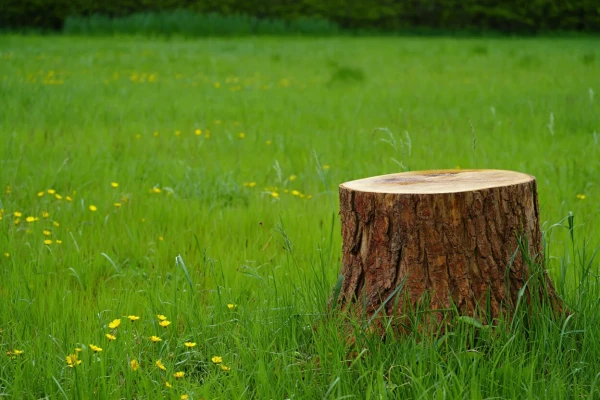
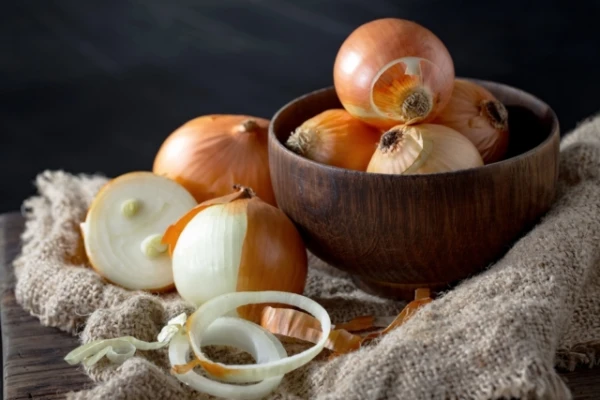
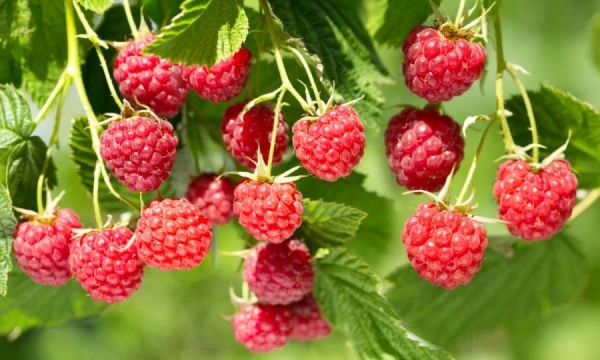
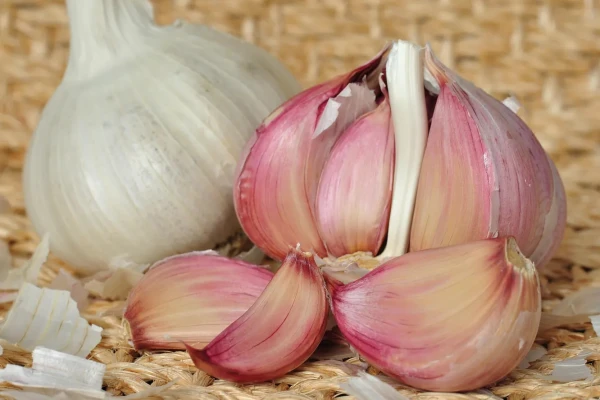
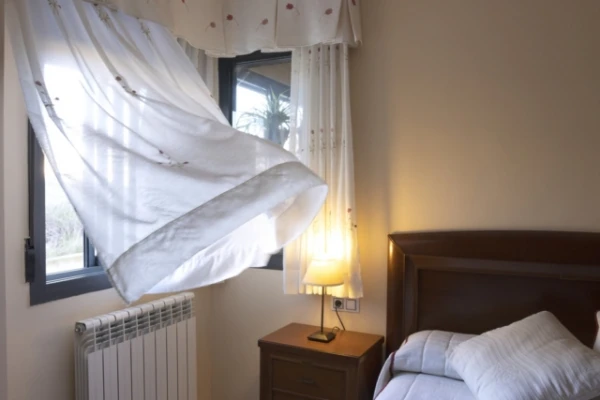
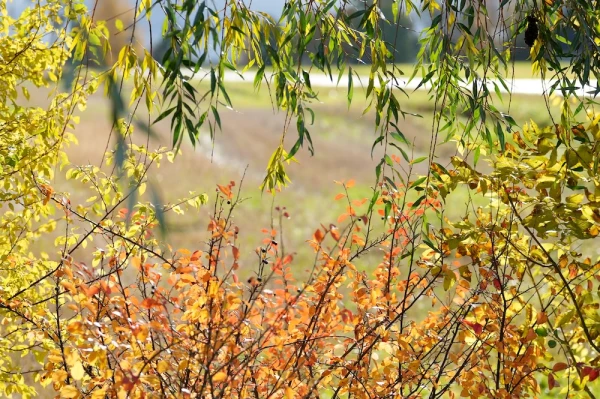
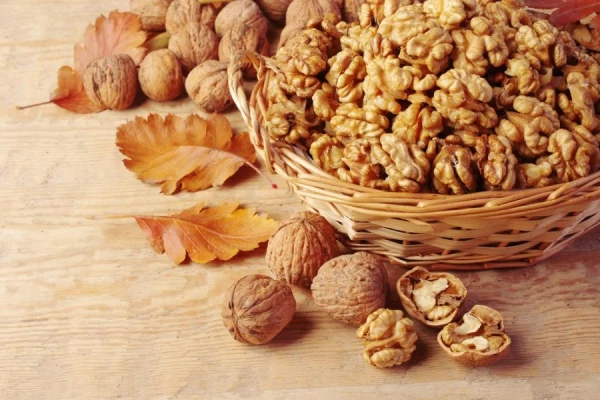
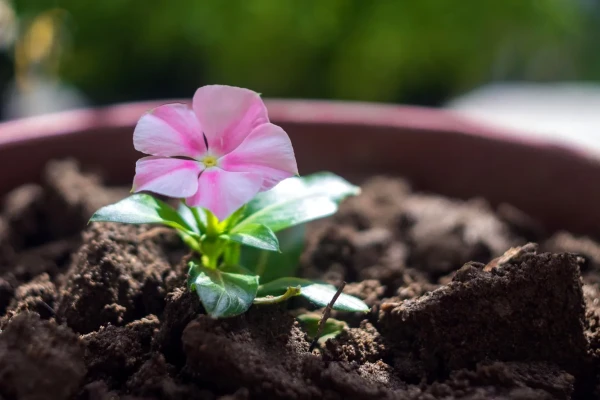
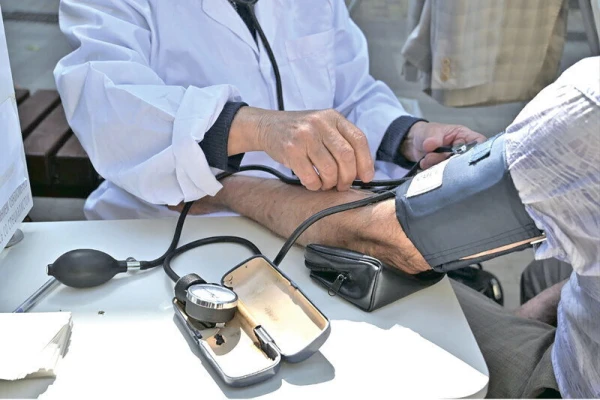
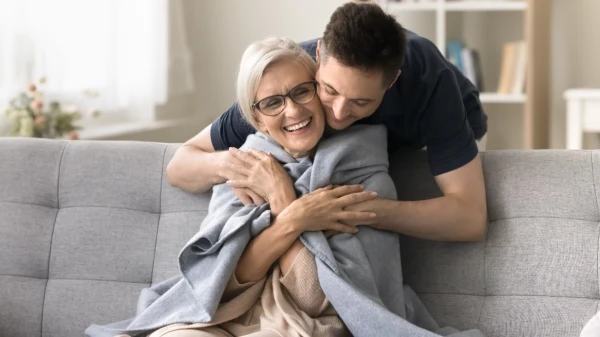




Leave a comment